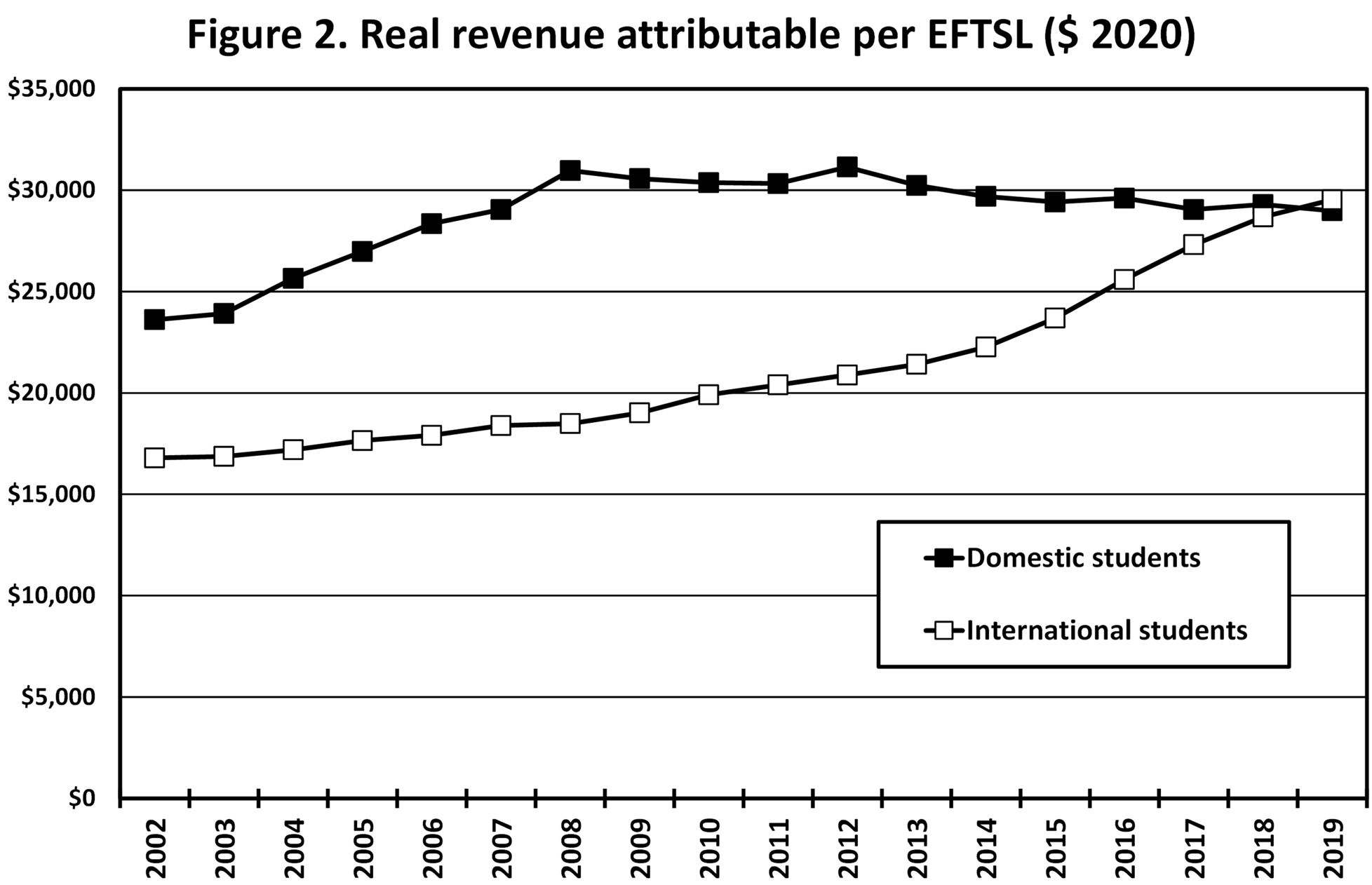Associate Professor Salvatore Babones has released a new book entitled “Australia’s Universities: Can They Reform?”, which is a follow-up to Babones’ influential 2019 CIS paper “The China Student Boom and the Risks It Poses to Australian Universities”.
The book shines a bright light on the political economy of the Australian higher education system, exploding the myth of chronic government underfunding and showing how international students are actually being subsidised by Australian taxpayers.
Babones shows how Australia’s top universities recycle international student fees into international rankings success with little regard for the hardships this imposes on domestic students, who experience larger classes taught by less-qualified instructors in order to balance the books.
The most startling finding from Babones’ new book is that domestic Australian funding per domestic student consistently exceeds the average tuition paid by international students. In other words, Australian universities are, on average, losing money on international students (or, more precisely: earning less revenue per student for educating international students than they receive for educating domestic students).
Per-student revenues equalized in 2019 on a nationwide basis (see Figure 2, page 43), but remain lower for international students at 17 of 38 universities, and at 6 of 8 Group of Eight institutions (see Table 5, page 47).

Key findings include:
- Domestic funding per student has hovered at near record levels for the last thirteen years.
- Domestic funding per student consistently exceeds tuition paid by international students.
- Australian university research funding meets or exceeds US, UK, EU, and OECD norms (pp. 33-35).
- Roughly 20% of Australia’s population between the ages of 18-30 consists of international students (p. 68).
- Australia’s international student statistics are by far the most skewed in the world.
- Fewer than half of all students are satisfied with their university’s level of engagement (pp. 143-150).
- Each Australian university offers on average 94 bachelor degrees and 83 master degrees (pp. 150-156).
Key recommendations include:
- Caps should be placed on international student numbers of 20% per course, 15% per university, and 10% from any one country.
- International students should have to pay tuition at least equal to the per-student amounts paid on behalf of domestic students.
- The time that academics devote to be research should be explicitly acknowledged and financially valued in research budgets.
- Commonwealth support should be limited to one undergraduate degree per student in order to free up places for more students.
According to Babones:
That final recommendation would enable Australia to make Commonwealth Supported Places available to all students who want them for initial bachelor degrees, while encouraging strong students to progress to master-level studies.
Australia’s universities may not be able to reform themselves, but they can be reformed. It’s up to the Commonwealth and the states to do it. Instead of focusing on red herring issues like university mergers or rankings success, they should focus on promoting better educational practices at Australia’s existing universities. No one wants government telling universities what to teach, or even how to teach. But government can and should put in place mechanisms that promote a race to the top in educational practice among all universities that receive public support.
I look forward to reading the book.

